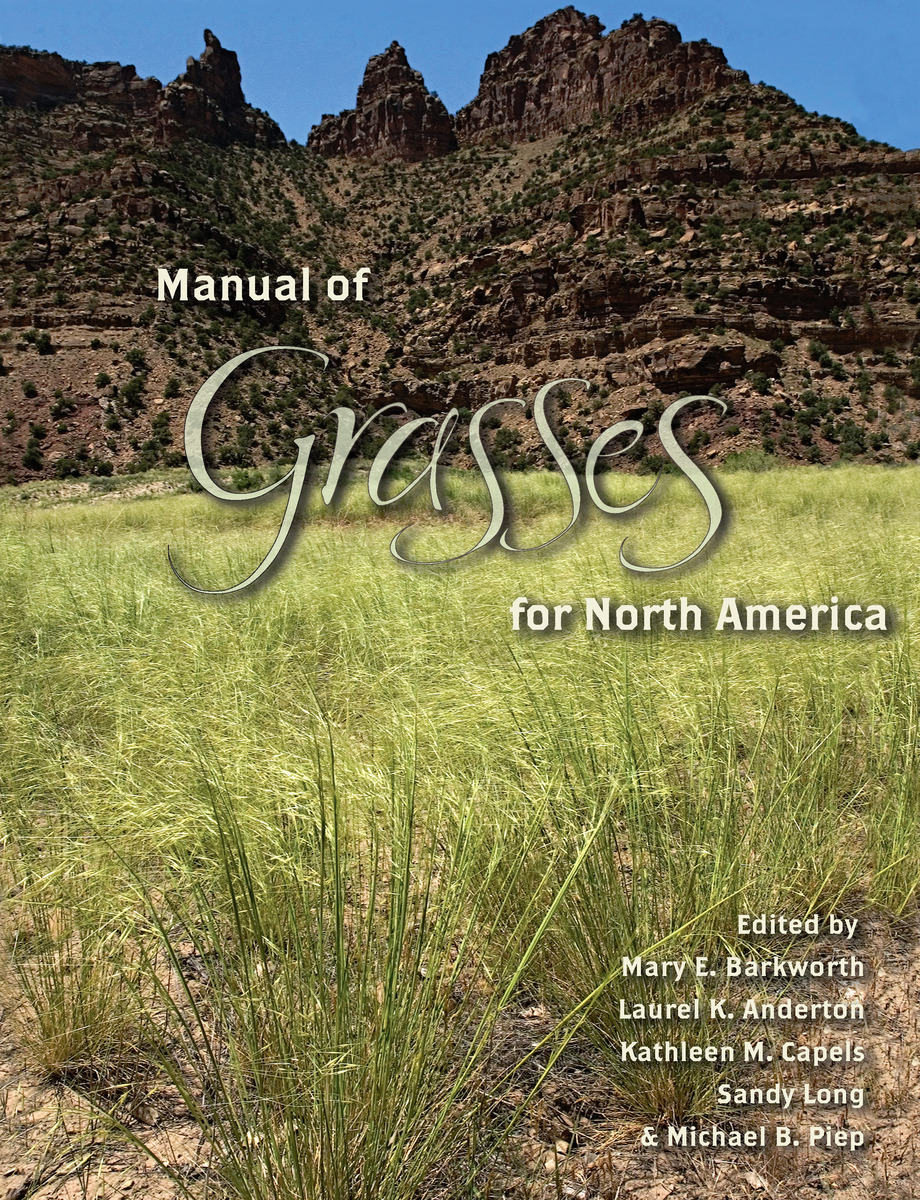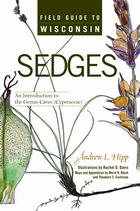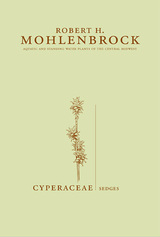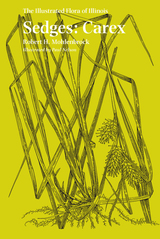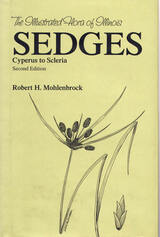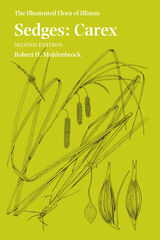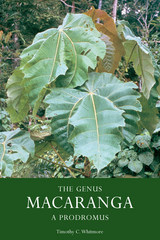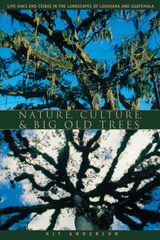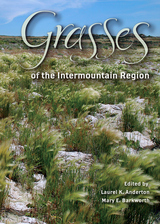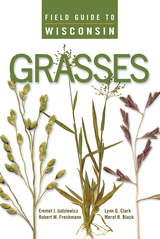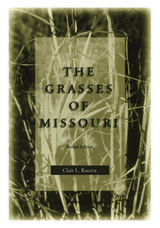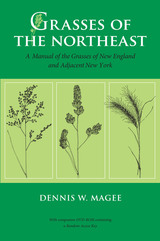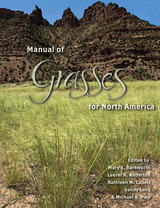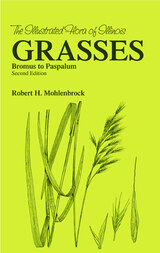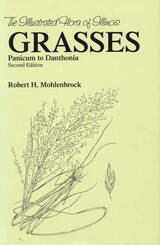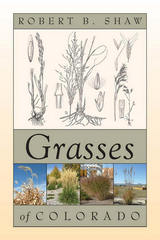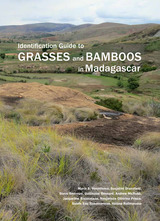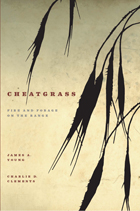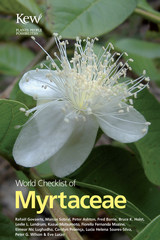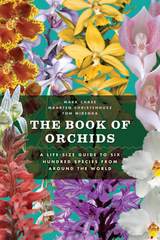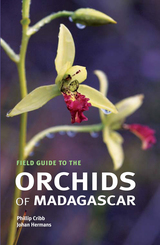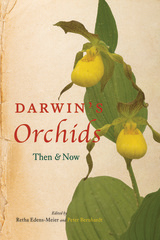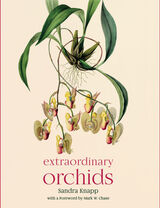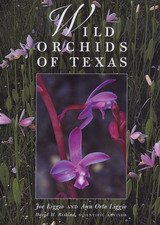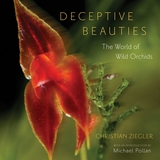Contents
Prefacevii
POACEAE or
GRAMINEAE, 3
PHAROIDEAE, 7
1. PHAREAE, 7
1.01 Pharus, 7
BAMBUSOIDEAE, 8
2. BAMBUSEAE, 8
2.01 Arundinaria, 9
2.02. Bambusa, 9
2.03 Phyllostachys, 10
2.04 Pseudosasa, 10
3. OLYREAE, 11
3.01 Lithachne, 11
EHRHARTOIDEAE, 11
4. EHRHARTEAE, 11
4.01 Ehrharta, 12
5. ORYZEAE, 12
5.01. Oryza, 13
5.02 Leersia, 14
5.03 Zizania, 14
5.04 Hygroryza, 16
5.05 Zizaniopsis, 16
5.06 Luziola, 16
POÖIDEAE, 17
6. BRACHYELYTREAE, 18
6.01 Brachyelytrum, 18
7. NARDEAE, 18
7.01 Nardus, 19
8. DIARRHENEAE, 19
8.01 Diarrhena, 19
9. MELICEAE, 20
9.01 Glyceria, 20
9.02 Melica, 24
9.03 Schizachne, 26
9.04 Pleuropogon, 27
10. STIPEAE, 28
10.01 Ampelodesmos, 29
10.02 Achnatherum, 30
10.03 Ptilagrostis, 35
10.04 Piptatherum, 35
10.05 Macrochloa, 36
10.06 Celtica, 37
10.07 Stipa, 37
10.08 Hesperostipa, 38
10.09 Piptochaetium, 39
10.10 Oryzopsis, 39
10.11 �Achnella, 40
10.12 Nassella, 40
10.13 Jarava, 42
10.14 Amelichloa, 42
10.15 Austrostipa, 43
11. BRACHYPODIEAE, 44
11.01 Brachypodium, 44
12. BROMEAE, 45
12.01 Bromus, 45
13. TRITICEAE, 53
13.0 Hordeum, 55
13.0 Eremopyrum, 57
13.0 Dasypyrum, 58
13.0 Taeniatherum, 58
13.0 Secale, 58
13.0 �Triticosecale, 59
13.0 Aegilops, 59
13.0 Triticum, 60
13.0 Agropyron, 62
13.10 Pseudoroegneria, 62
13.11 �Pseudelymus, 63
13.12 �Elyhordeum, 63
13.13 Elymus, 64
13.14 �Elyleymus, 75
13.15 Pascopyrum, 76
13.16 �Pascoleymus, 76
13.17 Leymus, 76
13.18 �Leydeum, 79
13.19 Psathyrostachys, 80
13.20 Thinopyrum, 80
14. POEAE, 81
14.0 Festuca, 90
14.0 Leucopoa, 103
14.0 Schedonorus, 103
14.0 Vulpia, 104
14.0 Lolium, 105
14.0 Puccinellia, 106
14.0 �Pucciphippsia, 110
14.0 Phippsia, 110
14.0 Sclerochloa, 111
14.10 Dactylis, 111
14.11 Lamarckia, 111
14.12 Beckmannia, 112
14.13 Poa, 112
14.14 �Dupoa, 141
14.15 Dupontia, 141
14.16 �Arctodupontia, 141
14.17 Arctophila, 142
14.18 Torreyochloa, 142
14.19 Catabrosa, 143
14.20 Cutandia, 143
14.21 Briza, 143
14.22 Aira, 144
14.23 Coleanthus, 145
14.24 Eremopoa, 145
14.25 Sphenopholis, 145
14.26 Deschampsia, 146
14.27 Agrostis, 148
14.28 Polypogon, 154
14.29 �Agropogon, 156
14.30 Lagurus, 156
14.31 Phleum, 156
14.32 Gastridium, 157
14.33 Arctagrostis, 158
14.34 Sesleria, 158
14.35 Desmazeria, 159
14.36 Ventenata, 159
14.37 Cynosurus, 160
14.38 Parapholis, 160
14.39 Scribneria, 161
14.40 Hainardia, 161
14.41 Vahlodea, 161
14.42 Podagrostis, 162
14.43 Lachnagrostis, 162
14.44 Avenula, 163
14.45 Bromidium, 163
14.46 Dissanthelium, 164
14.47 Helictotrichon, 164
14.48 Amphibromus, 164
14.49 Calamagrostis, 165
14.50 Gaudinia, 170
14.51 Scolochloa, 170
14.52 Avena, 171
14.53 Holcus, 172
14.54 Arrhenatherum, 172
14.55 Corynephorus, 172
14.56 Trisetum, 173
14.57 Koeleria, 174
14.58 Rostraria, 175
14.59 Mibora, 175
14.60 Anthoxanthum, 176
14.61 Phalaris, 177
14.62 Cinna, 179
14.63 Limnodea, 180
14.64 Ammophila, 180
14.65 Milium, 181
14.66 Alopecurus, 181
14.67 Apera, 183
ARUNDINOIDEAE, 183
15.00 ARUNDINEAE, 183
15.01 Molinia, 184
15.02 Hakonechloa, 184
15.03 Phragmites, 184
15.04 Arundo, 185
CHLORIDOIDEAE, 185
16.00 CYNODONTEAE, 186
16.01 Fingerhuthia, 191
16.02 Uniola, 192
16.03 Swallenia, 192
16.04 Distichlis, 192
16.05 Aeluropus, 192
16.06 Allolepis, 193
16.07 Monanthochloë, 193
16.08 Neyraudia, 193
16.09 Triraphis, 194
16.10 Tridens, 194
16.11 Redfieldia, 195
16.12 Triplasis, 196
16.13 Scleropogon, 196
16.14 Erioneuron, 196
16.15 Dasyochloa, 197
16.16 Blepharoneuron, 197
16.17 Blepharidachne, 198
16.18 Munroa, 198
16.19 Leptochloa, 198
16.20 Tripogon, 201
16.21 Trichoneura, 201
16.22 Dinebra, 201
16.23 Eragrostis, 201
16.24 Cladoraphis, 210
16.25 Pogonarthria, 210
16.26 Vaseyochloa, 211
16.27 Eleusine, 211
16.28 Acrachne, 212
16.29 Dactyloctenium, 212
16.30 Sporobolus, 212
16.31 Crypsis, 218
16.32 Calamovilfa, 218
16.33 Muhlenbergia, 219
16.34 Lycurus, 231
16.35 Chloris, 231
16.36 Eustachys, 235
16.37 Enteropogon, 236
16.38 Trichloris, 237
16.39 Willkommia, 237
16.40 Schedonnardus, 237
16.4 Gymnopogon, 238
16.4 Ctenium, 238
16.4 Microchloa, 239
16. 4 Cynodon, 239
16.4 Spartina, 240
16.4 Bouteloua, 242
16.4 Opizia, 246
16.4 Buchloë, 246
16.4 Cathestecum, 247
16.50 Aegopogon, 247
16.51 Hilaria, 247
16.52 Tragus, 248
16.53 Zoysia, 249
17.00 PAPPOPHOREAE, 249
17.01 Pappophorum, 250
17.02 Enneapogon, 250
17.03 Cottea, 251
18.00 ORCUTTIEAE, 251
18.01 Orcuttia, 251
18.02 Tuctoria, 252
18.03 Neostapfia, 252
DANTHONIOIDEAE, 253
19.00 DANTHONIEAE, 253
19.01 Cortaderia, 254
19.02 Danthonia, 254
19.03 Schismus, 255
19.04 Karroochloa, 256
19.05 Austrodanthonia, 256
19.06 Tribolium, 257
ARISTIDOIDEAE, 257
20.00 ARISTIDEAE, 257
20.01 Aristida, 258
CENTOTHECOIDEAE, 264
21.00 CENTOTHECEAE, 264
21.01 Chasmanthium, 265
22.00 THYSANOLANEAE, 265
22.01 Thysanolaena, 266
PANICOIDEAE, 266
23.00 GYNERIEAE, 266
23.01 Gynerium, 266
24.00 PANICEAE, 267
24.01 Digitaria, 270
24.02 Anthenantia, 274
24.03 Alloteropsis, 275
24.04 Amphicarpum, 275
24.05 Lasiacis, 275
24.06 Oplismenus, 276
24.07 Echinochloa, 276
24.08 Sacciolepis, 279
24.09 Dichanthelium, 279
24.10 Panicum, 289
24.11 Moorochloa, 296
24.12 Melinis, 296
24.13 Megathyrsus, 297
24.14 Urochloa, 297
24.15 Eriochloa, 300
24.16 Pennisetum, 301
24.17 Cenchrus, 304
24.18 Anthephora, 305
24.19 Ixophorus, 306
24.20 Setariopsis, 306
24.21 Setaria, 306
24.22 Paspalidium, 310
24.23 Hopia, 310
24.24 Stenotaphrum, 311
24.25 Hymenachne, 311
24.26 Steinchisma, 311
24.27 Axonopus, 312
24.28 Paspalum, 312
24.29 Zuloagaea, 318
24.30 Phanopyrum, 319
24.31 Reimarochloa, 319
25.00 ANDROPOGONEAE, 320
25.01 Spodiopogon, 324
25.02 Saccharum, 325
25.03 Miscanthus, 326
25.04 Imperata, 327
25.05 Polytrias, 327
25.06 Microstegium, 328
25.07 Trachypogon, 328
25.08 Sorghum, 328
25.09 Sorghastrum, 329
25.10 Chrysopogon, 329
25.11 Dichanthium, 330
25.12 Bothriochloa, 331
25.13 Ischaemum, 333
25.14 Apluda, 333
25.15 Andropogon, 333
25.16 Cymbopogon, 336
25.17 Schizachyrium, 337
25.18 Arthraxon, 339
25.19 Hyparrhenia, 339
25.20 Heteropogon, 340
25.21 Themeda, 340
25.22 Elionurus, 341
25.23 Hemarthria, 341
25.24 Coelorachis, 342
25.25 Eremochloa, 342
25.26 Rottboellia, 343
25.27 Hackelochloa, 343
25.28 Tripsacum, 343
25.29 Zea, 344
25.30 Coix, 346
Literature Cited 346
Illustrations 347
Distribution Maps 505
